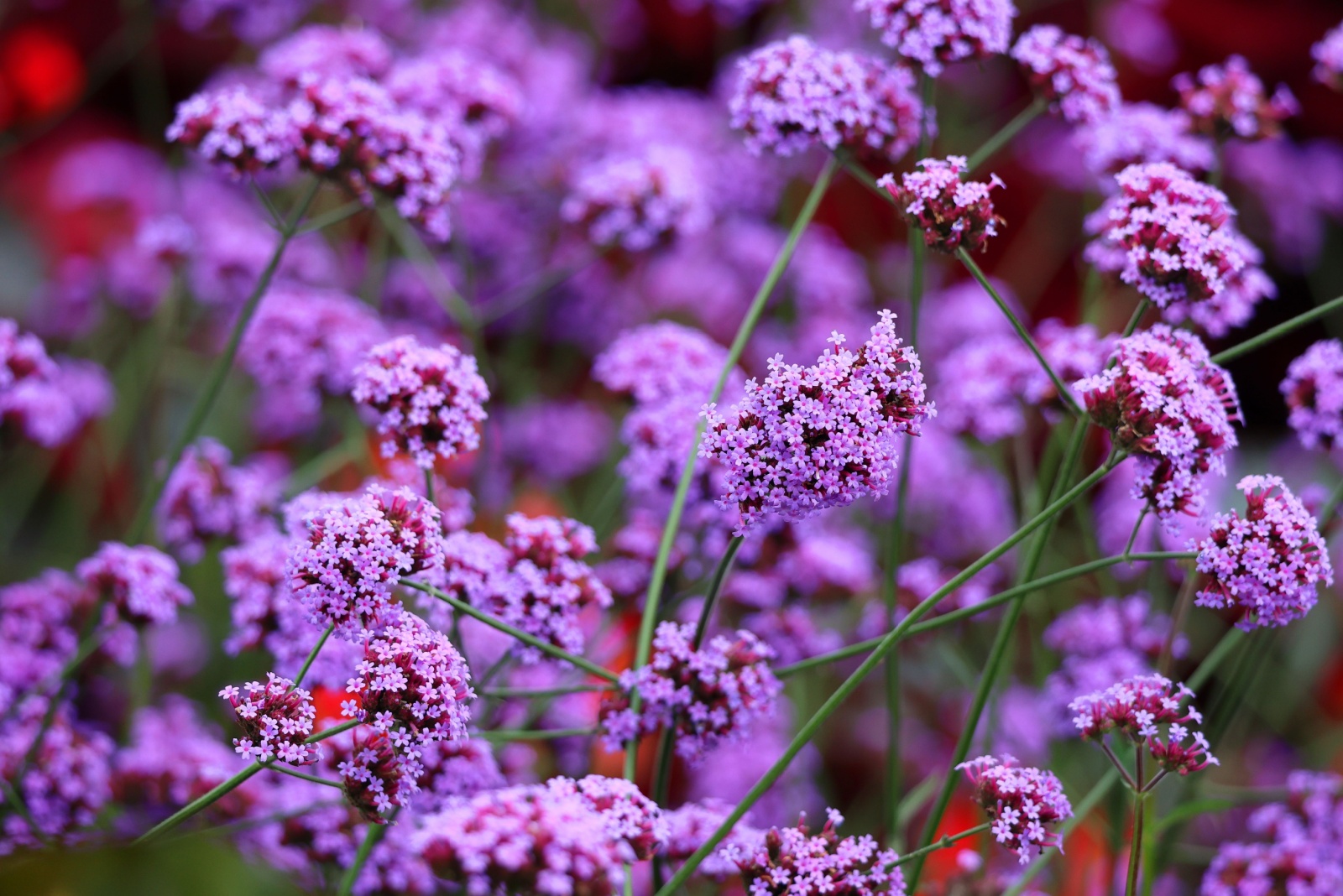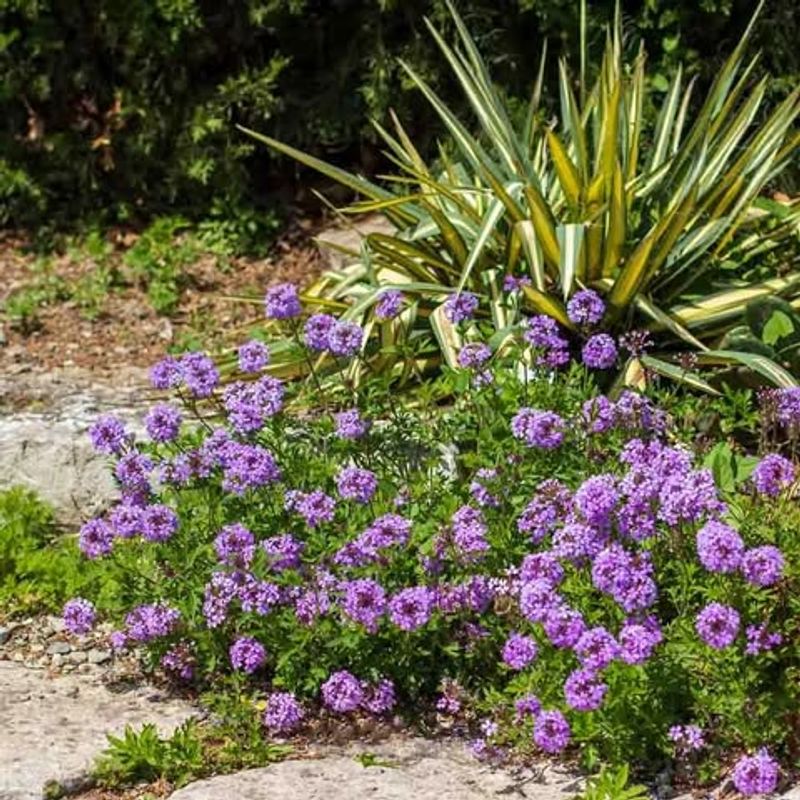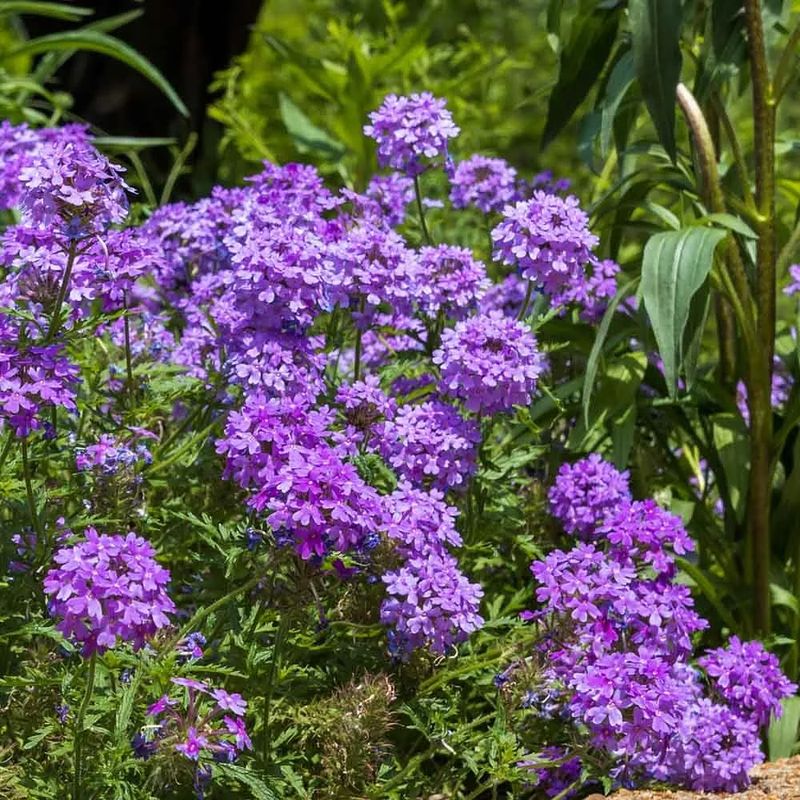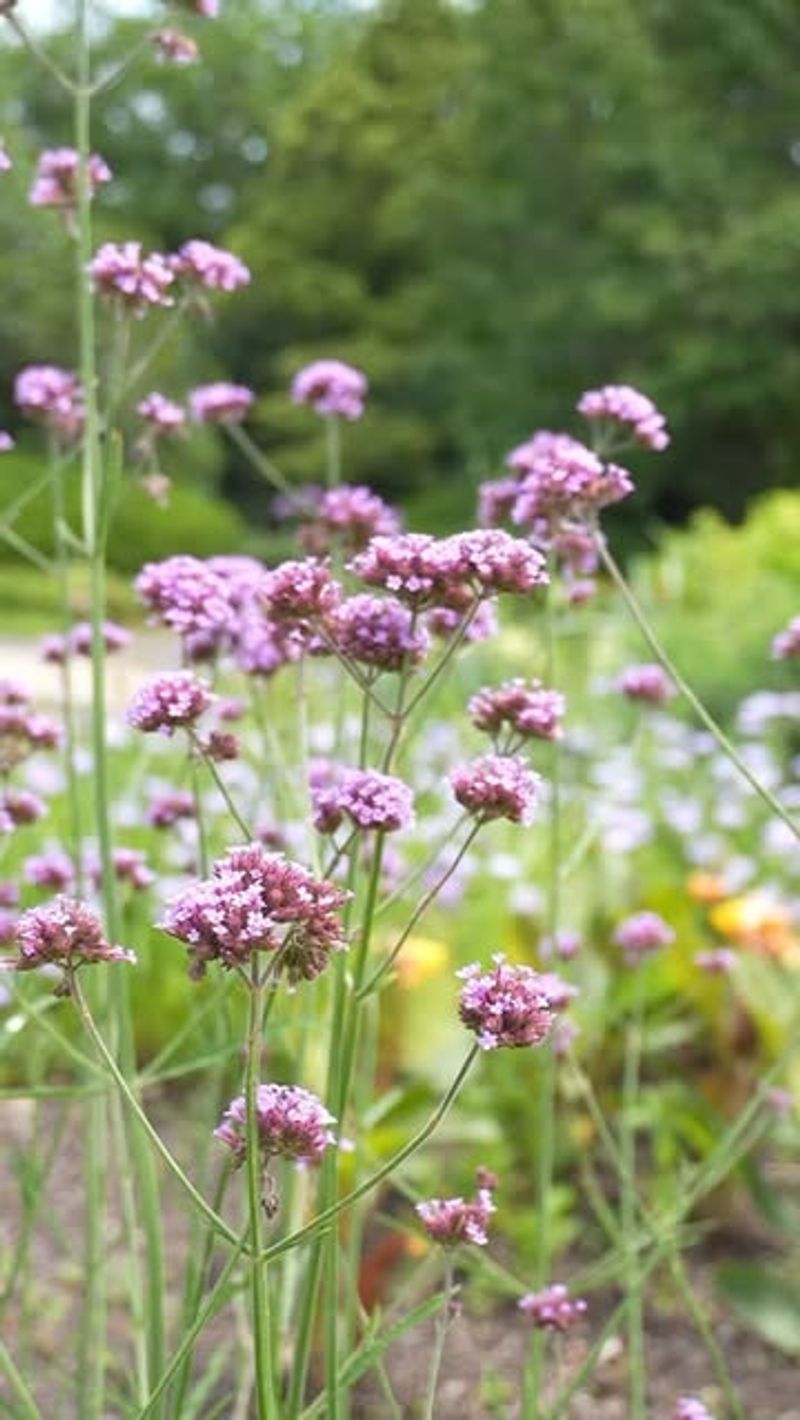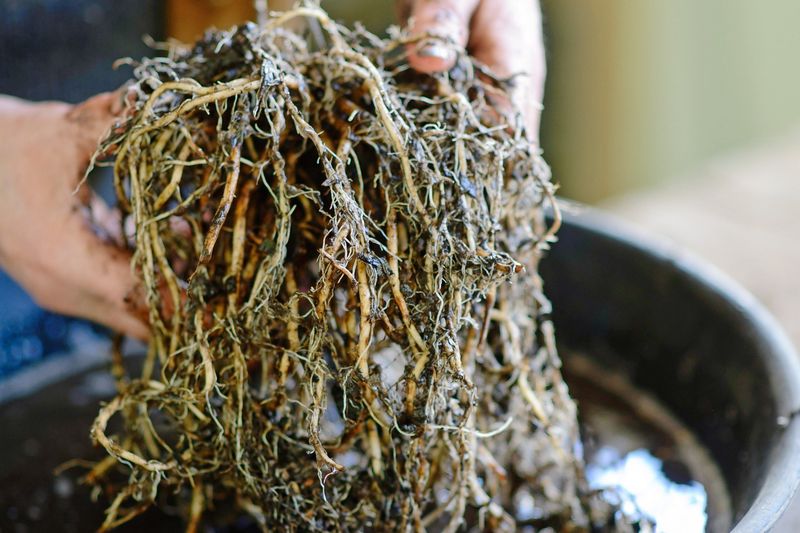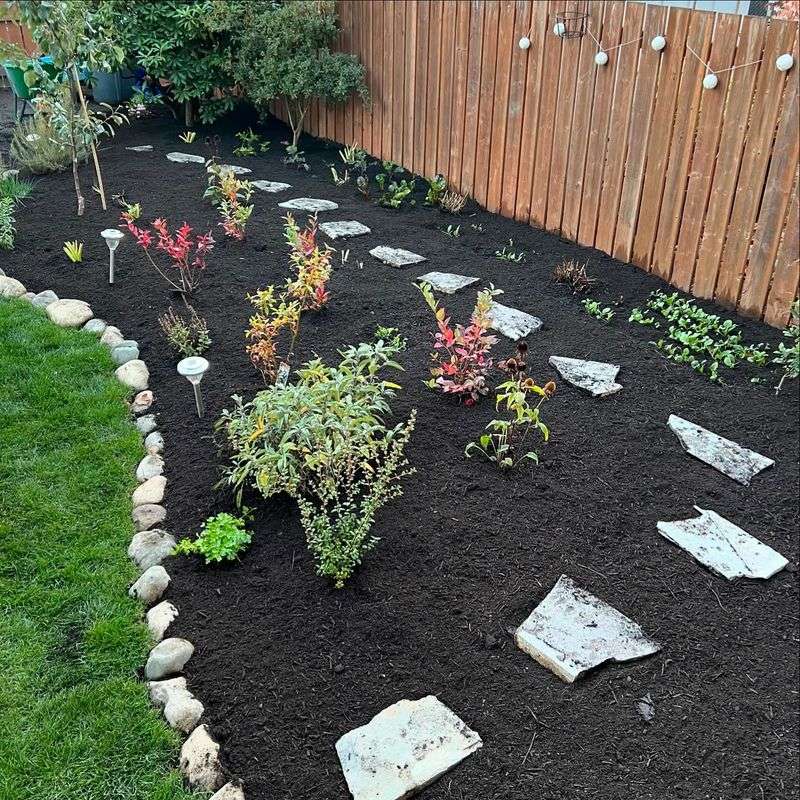Fall is the perfect time to give your perennial verbena a fresh start in Michigan. Dividing these colorful plants helps them grow stronger, spread beautifully, and bloom even better next season.
With the right approach and a little care, you can multiply your verbena collection while keeping your garden healthy and vibrant for years to come.
1. Pick The Perfect Timing For Division
Michigan gardeners should aim for early to mid-fall, typically late September through early October. Cooler temperatures and increased rainfall create ideal conditions for root establishment without summer stress.
Your verbena needs at least four to six weeks before the first hard frost hits. This window gives roots time to settle in and prepare for winter dormancy, ensuring strong growth when spring arrives again.
2. Water Plants Thoroughly Before Starting
Give your verbena a deep watering session the day before you plan to divide it. Moist soil makes digging much easier and protects delicate roots from damage during the process.
Well-hydrated plants bounce back faster from transplant shock. The extra moisture helps roots stay flexible rather than brittle, reducing breakage when you separate clumps. Your verbena will thank you with quicker recovery and healthier growth afterward.
3. Dig Wide Around The Root Ball
Start digging at least six to eight inches away from the plant’s outer stems. Verbena roots spread wider than you might expect, and cutting too close damages the root system unnecessarily.
Use a sharp spade or garden fork to loosen soil all around the perimeter first. Then carefully lift the entire clump from below, keeping as much soil attached as possible to minimize stress and preserve healthy root structure.
4. Separate Clumps With Clean Cuts
Once lifted, examine the plant and identify natural divisions where stems separate. Using a clean, sharp knife or pruning shears, cut through the root mass to create sections with three to five healthy shoots each.
Avoid tearing or ripping roots apart, which creates ragged wounds prone to disease. Clean cuts heal faster and encourage new root growth. Each division should have both roots and green growth above for successful transplanting.
5. Replant At The Same Depth Immediately
Position each verbena division in its new spot at the exact same depth it was growing before. Planting too deep can cause crown rot, while planting too shallow exposes roots to freezing temperatures.
Fill around roots with quality soil, pressing gently to eliminate air pockets. Water thoroughly right after planting to settle soil and establish good root-to-soil contact, which is critical for fall establishment in Michigan’s climate.
6. Add Mulch For Winter Protection
Spread two to three inches of organic mulch around your newly divided verbena plants. Shredded leaves, straw, or wood chips work wonderfully to insulate roots against Michigan’s harsh winter freezes.
Keep mulch a few inches away from plant crowns to prevent rot and moisture buildup. This protective layer moderates soil temperature, retains moisture, and gives your divisions the best chance to thrive when spring warmth returns to your garden.

